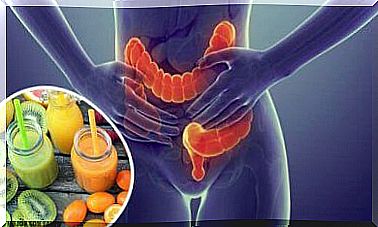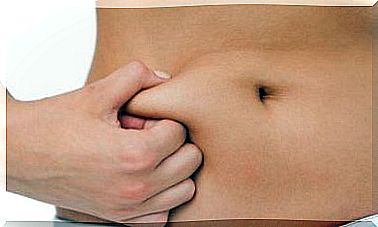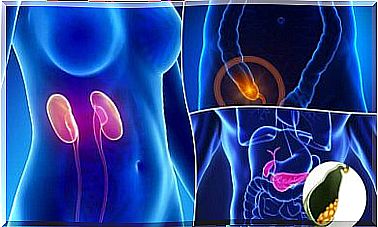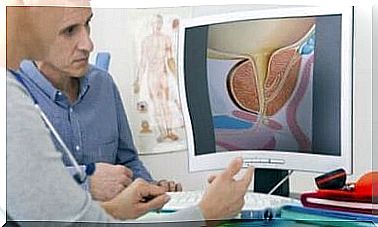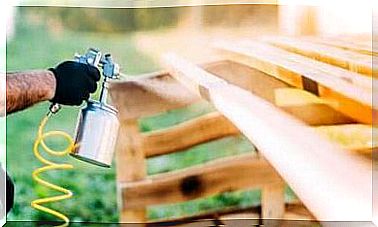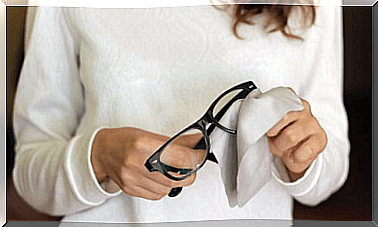How Is The Navel Of A Newborn Baby Treated?
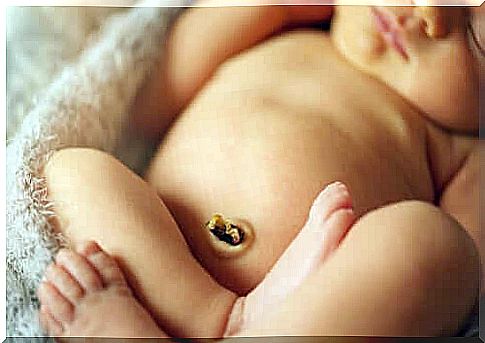
Do you know how to properly treat the navel of a newborn baby? The pole is the fun little round thing we all have in our stomachs, and each person’s pole is different and unique. It is actually a scar that forms after cutting the umbilical cord. The umbilical cord is the tube that connects the baby to the mother’s body during pregnancy.
The umbilical cord allows the exchange of both nutrients and gases between mother and baby throughout pregnancy. In other words, it is the body that really connects the mother to the child.
Shortly after birth, the umbilical cord is cut to release the baby. However, it is not cut flush with the baby’s abdomen, but is cut from a height of a few centimeters. This leaves a small piece of umbilical cord in the baby’s stomach, which takes a few days to drop. Eventually, the clip detaches from itself and leaves a scar, or navel, on the baby’s stomach.
Many mothers are concerned about the healing of the baby’s navel and the potential risk of infection. During the first few days, the baby’s navel requires special care in order to heal properly. If treatment is neglected, it is possible that bacteria will accumulate in the navel, causing inflammation. In this article, we will explain how to take care of your baby’s navel.
How is the navel of a newborn baby treated properly?
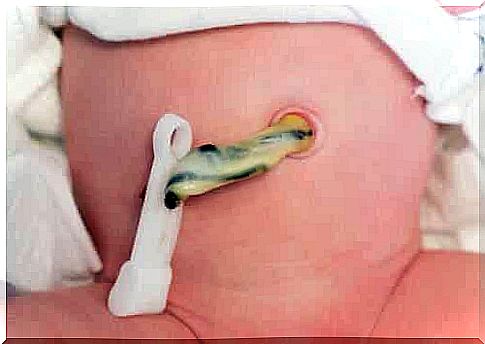
The navel is a sensitive area and can be infected. It is important to pay attention to the health of the navel and maintain proper hygiene.
During the first few days, both the baby and the mother stay in the hospital, with nurses probably taking care of cleaning the umbilical region. Often everything happens without problems and new parents have to learn to clean their baby’s navel area.
First, it is very important to wash your hands thoroughly before touching the umbilical cord. We have a lot of bacteria on our hands, so washing your hands is a step you have to do often.
Once you have washed your hands properly, you can start cleaning the navel area. Although parents have used disinfectants such as alcohol or hydrogen peroxide to clean their baby’s navel for years, they are not essential. Cleaning should be done with soap and water.
How to act?
Clean the baby’s navel with sterile gauze. Gently wash the navel area with a gauze moistened with water and neutral soap. You need to allow the area to ventilate and dry well. A few seconds is enough. Air is good for the baby’s navel healing process.
It is important to note that you need to clean your baby’s navel at least once a day. If your baby needs a diaper, you will need to clean the navel area again. It is best not to cover the pole. But if you do, make sure the area is dry first.
When are other products used?
Experts have long recommended the use of antibiotic or disinfectant creams to treat the umbilical region. This was thought to reduce the risk of infection. Now, however, we know that this is not the case.
In fact, these products made the umbilical cord stay attached longer. Therefore, antibiotic creams and antiseptics are used only when the infection is already present or the risk of infection is very high. For example, in developing countries, which often have low levels of hygiene.
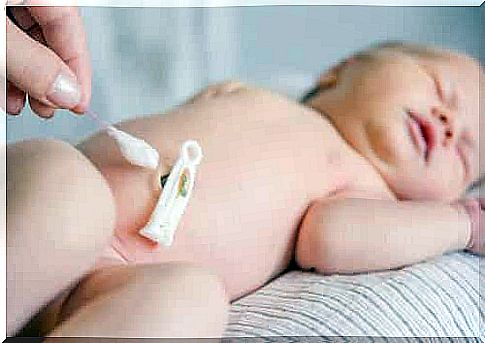
What are the risks associated with the umbilical cord and umbilical cord?
The baby’s navel heals during the first few days, but the area can be exposed to bacteria that can cause infection. Therefore, it is important to follow the above guidelines to reduce the risk of infection. It is important to be aware of this risk so that we can identify the symptoms of the infection and treat any complications.
When the navel becomes inflamed, it may appear red or swollen. The baby may even develop a fever. Another sign of infection is a bloody or fetid bleeding.
If you notice any of the above symptoms, take your baby to a pediatrician for evaluation. The same is true if the umbilical cord stub does not detach itself within 12 to 15 days of birth.

